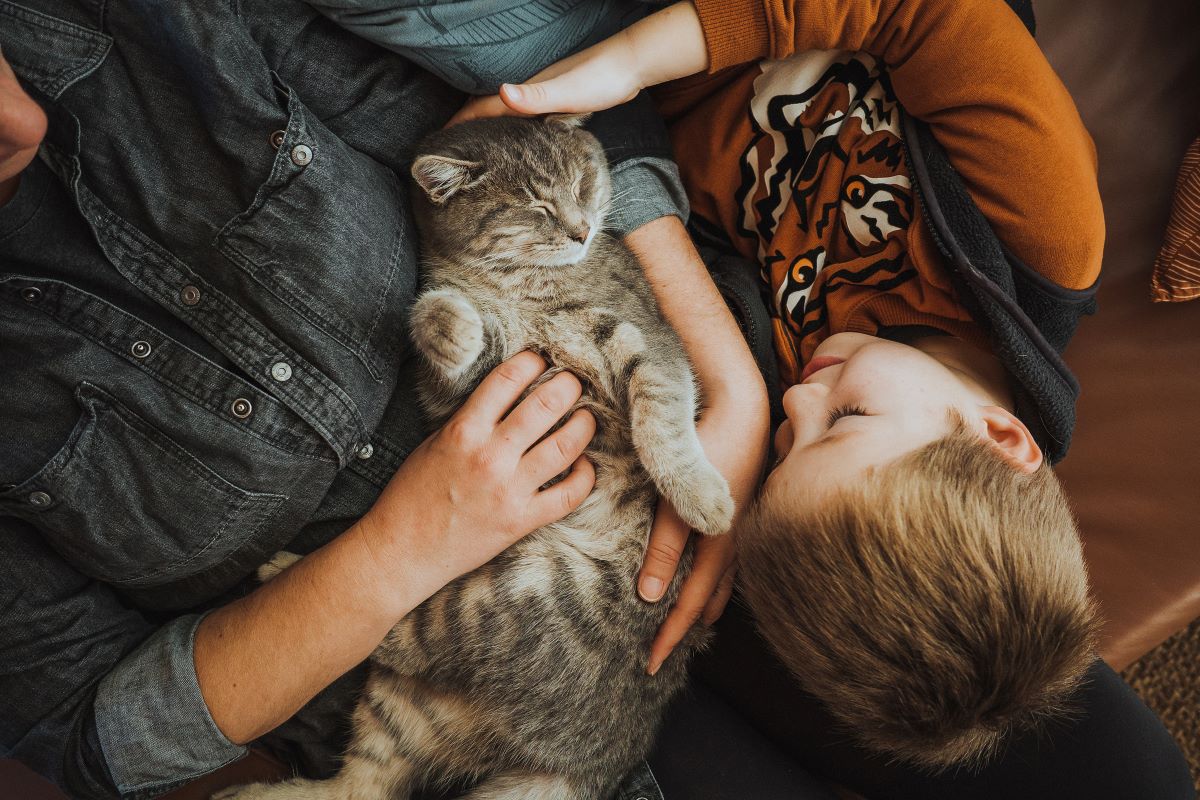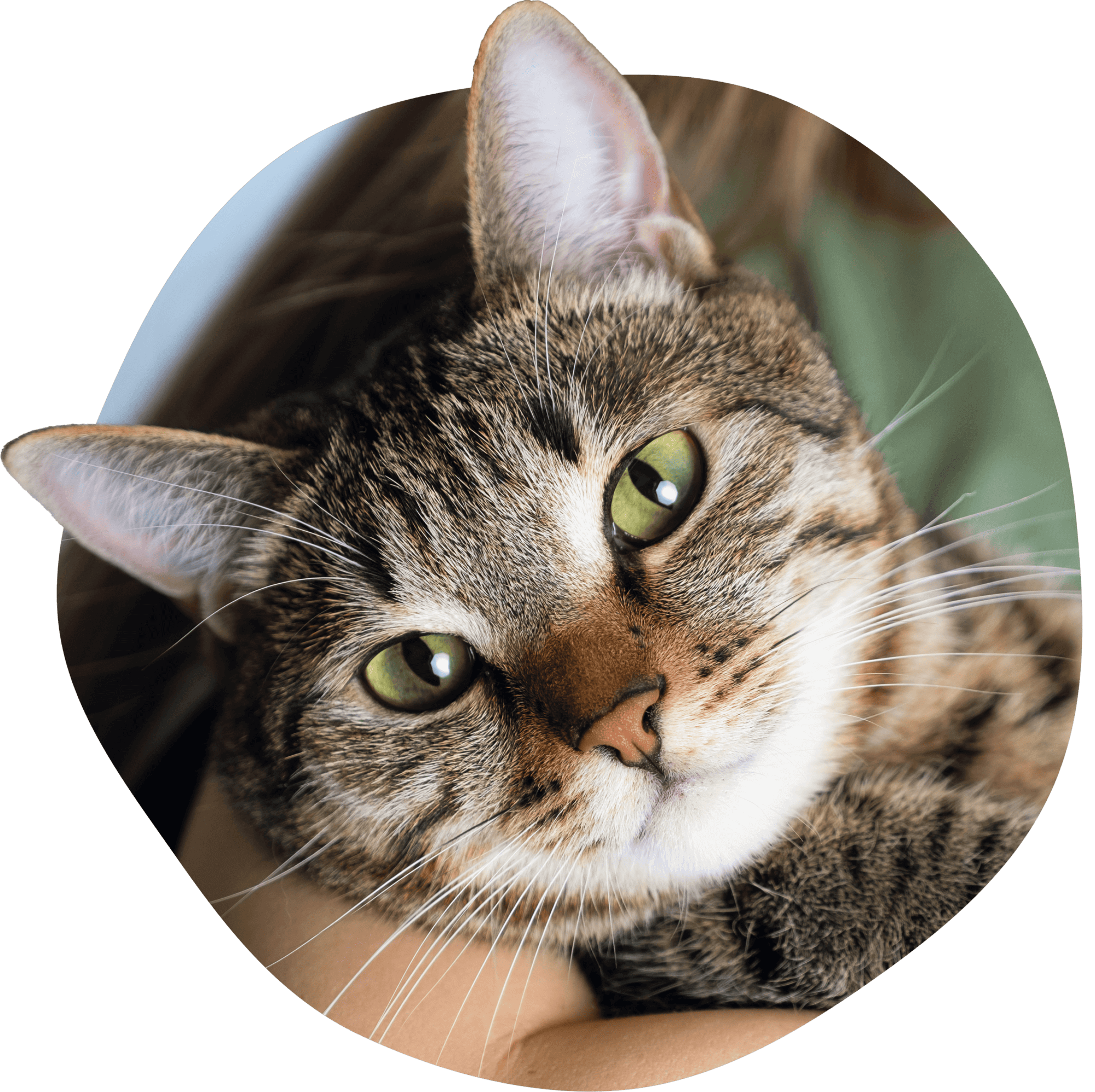How to Get Your Cat to the Vet Safely
Getting your cat into its carrier and safely to the vets is often a stressful experience for both you and your cat. However, regular check-ups are important to make sure they stay fit and healthy, and they may have to visit the vets more frequently due to illness. So, how can you try to make it a more positive experience for all involved?



































